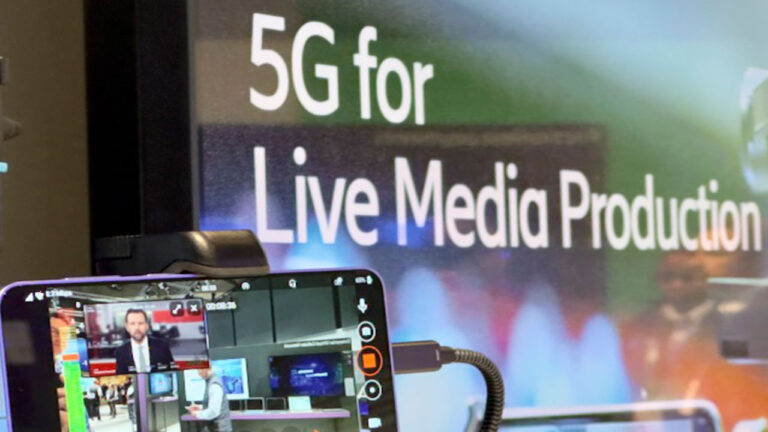
The EBU calls on regulators and industry to improve the conditions for 5G use in professional, large-scale media production in a newly published white paper, which will also be featured in an upcoming webinar.
5G technology is now widely recognized as suitable for media production purposes, thanks to collaboration between EBU members and technology and service providers. Its adoption for professional content production requires better spectrum availability and appropriate licensing conditions for private 5G networks, ideally harmonised across Europe. Also, improved commercial services from mobile operators will enable even greater adoption.
The EBU’s Programme Production and Special Events Group (PMSE) and its members have carried out extensive research and trials to assess the suitability of 5G in content production and delivery (see TR 080 – Trials of 5G in content production and delivery by EBU members). The results have been overwhelmingly positive, confirming that under the right conditions, 5G technology can meet technical and operational requirements across multiple production use cases, including remote production, live events, breaking news and studio production.
However, to realize 5G’s full potential for content creation, a harmonised regulatory framework is essential. The transition from experimental use to routine operation requires the right conditions, including:
1. Spectrum Access: The rollout of closed 5G networks requires affordable and flexible licensing similar to the current regime for PMSE applications, as well as flexible technical terms to align the implementation of 5G networks with content production use cases.
2. Harmonization of terms of use: Harmonization across Europe is essential to facilitate the cross-border use of 5G equipment and ensure seamless operation between different regions.
3. Specialized services from carriers: For public 5G networks to effectively support content production, carriers must be able to provide specialized services with guaranteed quality of service (QoS).
4. Handover capability: To ensure continuous connectivity and flexibility in production environments, smooth handover between private and public networks must be possible.
These regulatory conditions will not only benefit media content production but may have a broader impact and benefit other sectors with similar requirements.
As 5G technology matures and devices and services become more widely available, the implementation of a harmonised regulatory framework will be essential to unlock the full potential of audiovisual production and pave the way for a new era of innovation and efficiency in the media industry.


